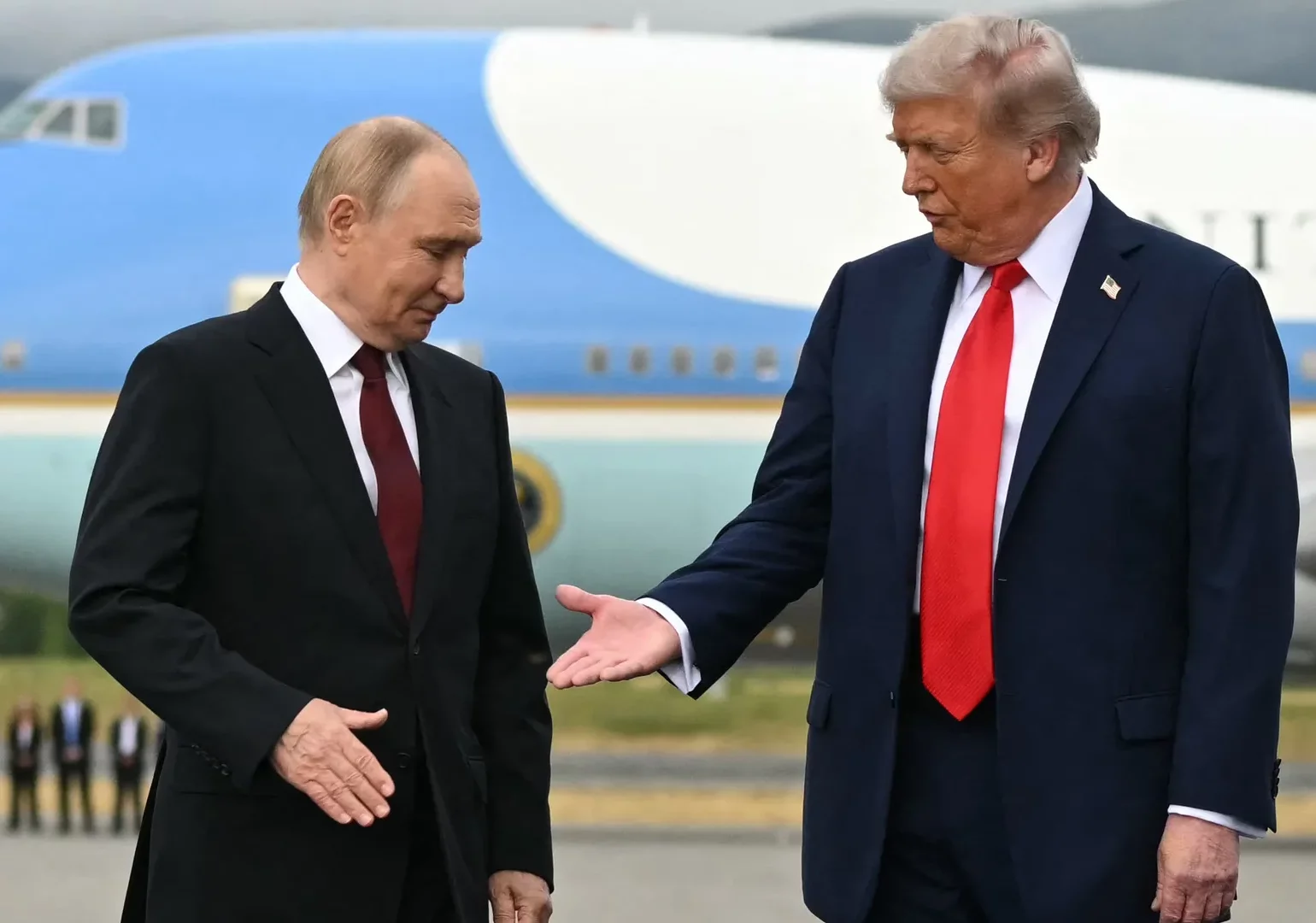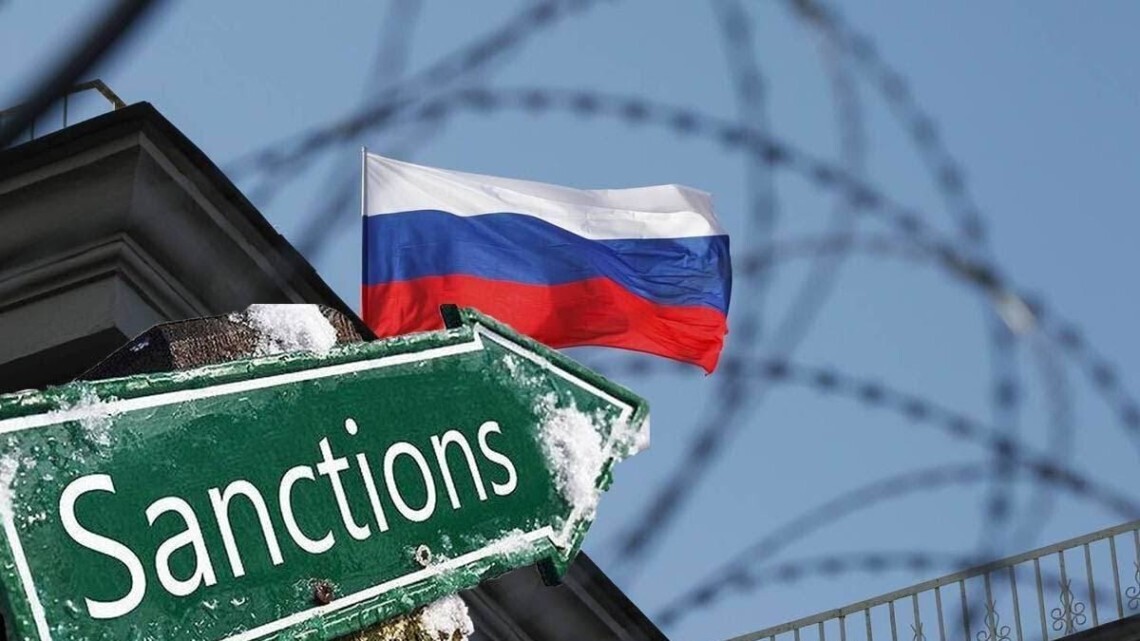

Kristalina Georgieva
Potential Impact of the Coronavirus Epidemic: What We Know and What We Can Do

We all recognize that the situation with the spread of the coronavirus is very serious and could well get worse. This affects us all. Let me start with what we know and what we don’t yet know about the coronavirus and then how the global community can support those affected by this crisis in an effective and coordinated way.
What We Know
We know that the disease is spreading quickly. With over one-third of our membership affected directly, this is no longer a regional issue – it is a global problem calling for a global response.
We also know that it will eventually retreat, but we don’t know how fast this will happen.
We know that this shock is somewhat unusual as it affects significant elements of both supply and demand:
Supply will be disrupted due to morbidity and mortality, but also the containment efforts that restrict mobility and higher costs of doing business due to restricted supply chains and a tightening of credit.
Demand will also fall due to higher uncertainty, increased precautionary behavior, containment efforts, and rising financial costs that reduce the ability to spend.
These effects will spill over across borders.
Under any scenario, global growth in 2020 will drop below last year’s level.
Experience suggests that about one-third of the economic losses from the disease will be direct costs: from loss of life, workplace closures, and quarantines. The remaining two-thirds will be indirect, reflecting a retrenchment in consumer confidence and business behavior and a tightening in financial markets.
The good news is that financial systems are more resilient than before the Global Financial Crisis. However, our biggest challenge right now is handling uncertainty.
Under any scenario, global growth in 2020 will drop below last year’s level. How far it will fall, and for how long, is difficult to predict, and would depend on the epidemic, but also on the timeliness and effectiveness of our actions.
This is particularly challenging for countries with weaker health systems and response capacity – calling for a global coordination mechanism to accelerate the recovery of demand and supply.
How to Respond at the Country Level
The number one priority in terms of fiscal response is ensuring front-line health-related spending to protect people’s wellbeing, take care of the sick, and slow the spread of the virus. I can’t emphasize enough the urgency of stepping up health-related measures – and the need to ensure the production of medical supplies so that supply is at par with demand.
Second, macro-financial policy actions may be required to tackle the supply and demand shocks that I mentioned above. The aim should “no regret” actions that shorten and soften the economic impact. They should be timely and targeted to the sectors, businesses, and households hardest hit.
A generalized weakening in demand through confidence and spillover channels – including trade and tourism, commodity prices, and tighter financial conditions – would call for an additional policy response to support demand and ensure an adequate supply of credit.
Third, adequate liquidity will also be needed to offset financial stability risks.
In short, the situation is evolving rapidly and we should stand ready to provide a more forceful, coordinated response if conditions require it. Along these lines, I welcome the statement from the G7 yesterday that they are ready to cooperate further on timely and effective measures.
How the Fund Can Help
For our part, the Fund is ready to help its membership. The IMF is making available about $50 billion through its rapid-disbursing emergency financing facilities for low-income and emerging market countries that could potentially seek support. Of this, $10 billion is available at zero interest for the poorest members through the Rapid Credit Facility.
There are many members at risk, including those with weak health systems, inadequate policy space, commodity exporters exposed to terms-of-trade shocks, and others that are particularly vulnerable to spillovers.
I am particularly concerned about our low-income and more vulnerable members—these countries may see financing needs rise rapidly as the economic and human cost of the virus escalates.
Our staff are currently working on identifying vulnerable countries and estimating potential financing needs should the situation deteriorate further.
The Fund has resources available to support the membership:
Thanks to the generosity of our shareholders, we have about $1 trillion in overall lending capacity.
For low-income countries, we have rapid-disbursing emergency financing of up to $10 billion (50 percent of quota of eligible members) that can be accessed without a full-fledged IMF program.
Other members can access emergency financing through the Rapid Financing Instrument. This facility could provide about $40 billion for emerging markets that could potentially approach us for financial support.
We also have the Catastrophe Containment and Relief Trust – the CCRT – which provides eligible countries with up-front grants for relief on IMF debt service falling due. The CCRT proved to be effective during the 2014 Ebola outbreak, but is now underfunded with just over $200 million available against possible needs of over $1 billion. I called on member countries to help ensure that this facility is fully re-charged and ready for the current crisis.
The Fund is fully committed to supporting our member countries, particularly the most vulnerable; we have the tools to help; and we are coordinating closely with our partner institutions.
Related links:
Coronavirus Economic Planning: Hoping for the Best, Prepared for the Worst
Monetary and Financial Stability During the Coronavirus Outbreak
Limiting the Economic Fallout of the Coronavirus with Large Targeted Policies
Fiscal Policies to Protect People During the Coronavirus Outbreak
Questions and Answers on the IMF’s $50 billion Rapid-disbursing Emergency Financing Facilities
IMF Factsheet: How the IMF Can Help Countries Address the Economic Impact of Coronavirus
The IMF managing director.
გააზიარე
ავტორის სხვა მასალა


საკულტო არაყი მონტენეგროდან

საქსტატი: III კვარტალში საცხოვრებელი უძრავი ქონების ფასები 7%-ით გაიზარდა

ევროკავშირმა რუსეთის წინააღმდეგ სანქციების მე-19 პაკეტი დაამტკიცა

Render Group-ის კიდევ ერთი წარმატებული კოლაბორაცია ამჯერად Kengo Kuma & Associates-თან

